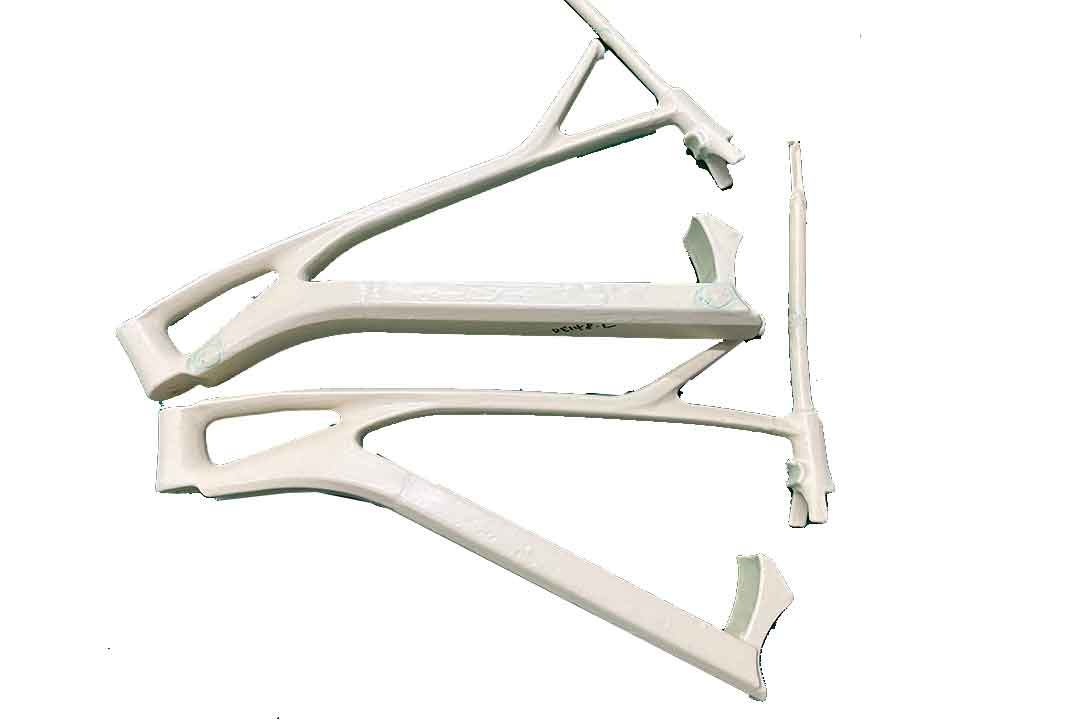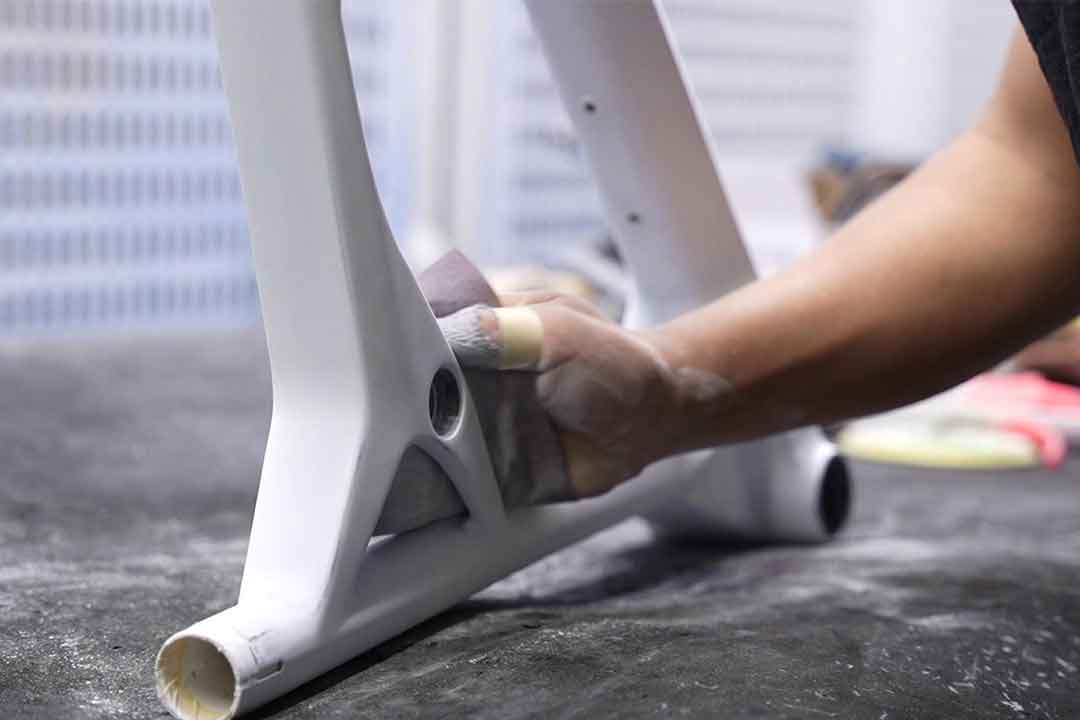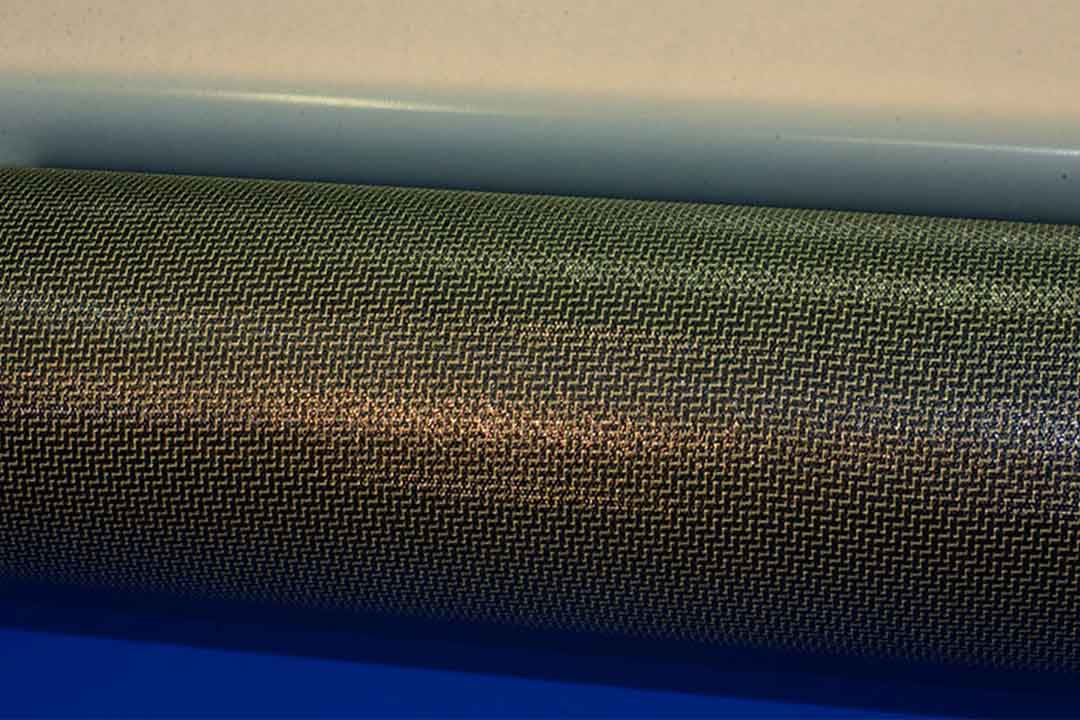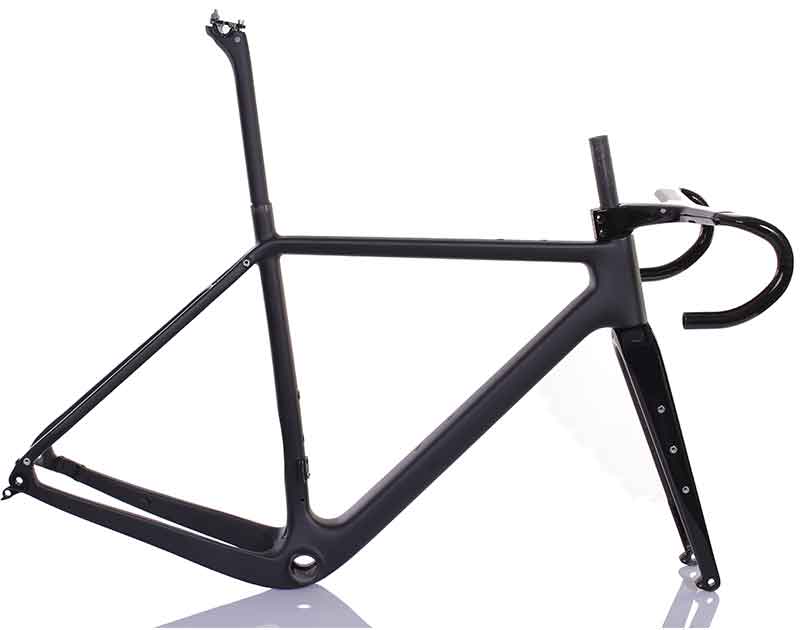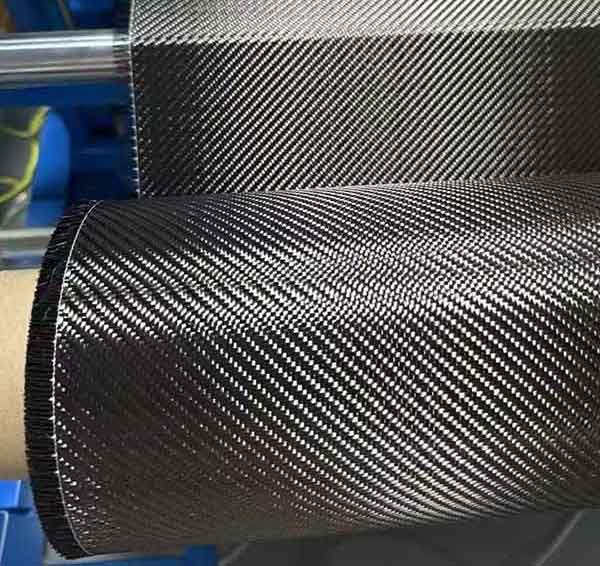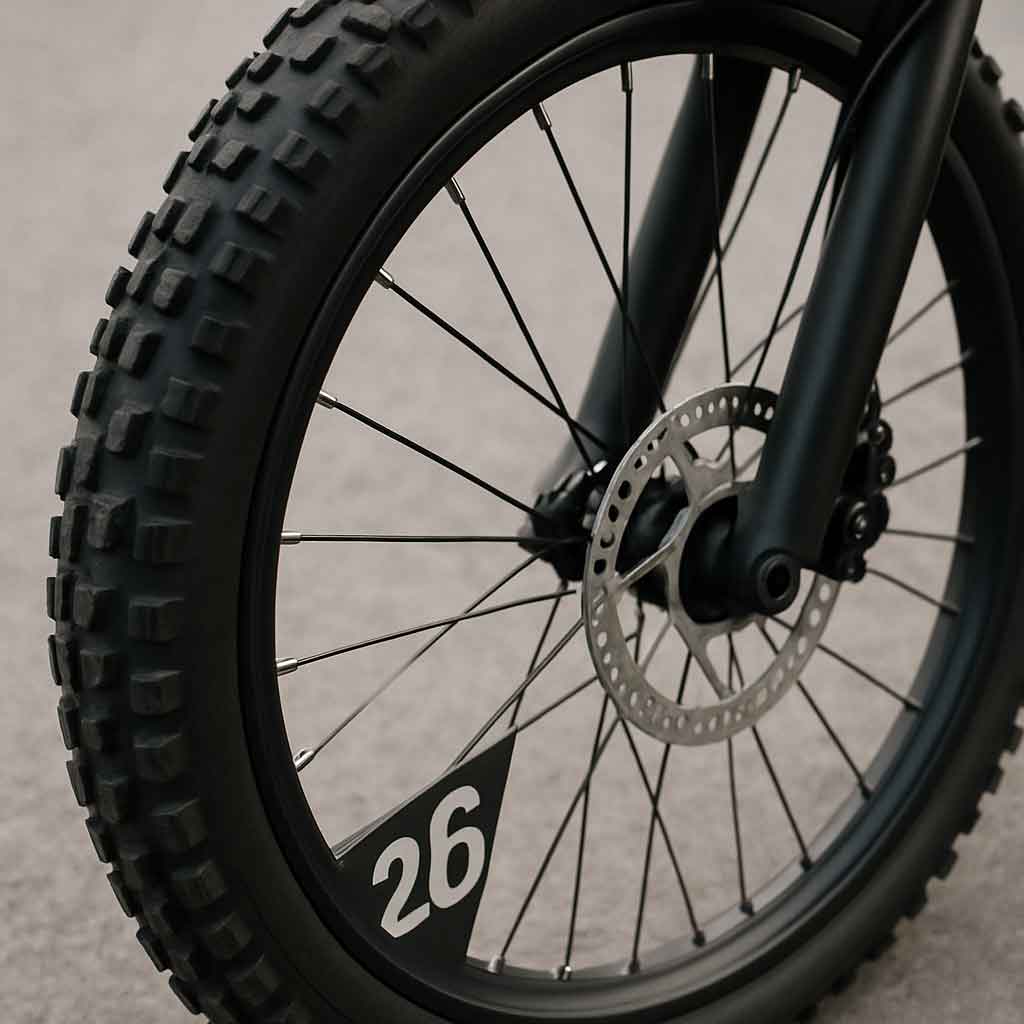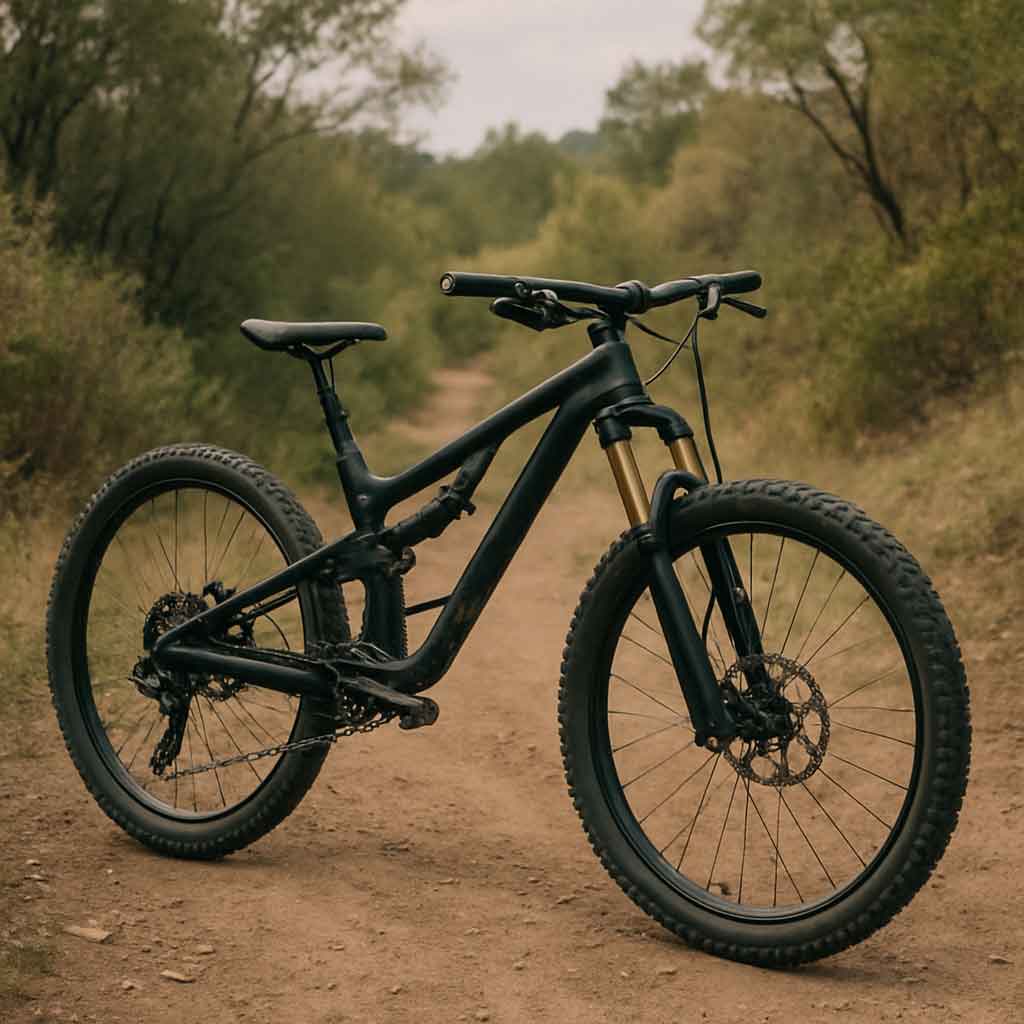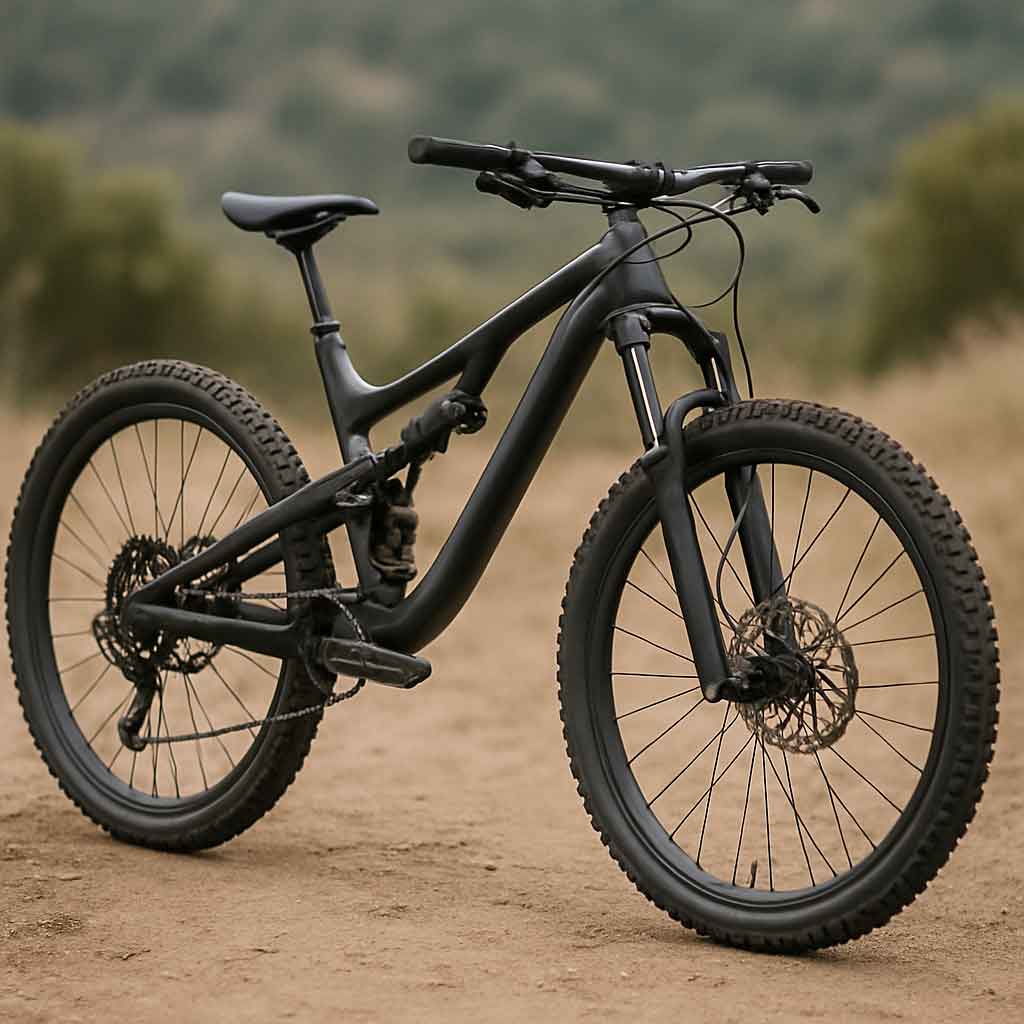Welcome to Mondince Bike - A well-known factory specialized in produce carbon bike frame and other parts since 2007.
The Gravel Bike's Soul: A Deep Dive into the Anatomy of Adventure
The gravel bike is more than just a trend; it's a revolution on two wheels. It represents freedom, the ability to leave the tarmac behind and explore the ribbon of dirt that snakes into the unknown. But with so many models, components, and marketing buzzwords, a fundamental question arises: What is the most important part of a gravel bike?
The tempting answer is to point to a single component—the tires, the frame, the gears. But this misses the point entirely. A gravel bike is not defined by a single part, but by the symbiotic relationship between its key elements. It's a machine built for a specific philosophy: capable, comfortable, and confident on unpredictable terrain. The most important part, therefore, is not a "what" but a "how"—how the core components work in harmony to create a bike that unlocks adventure.
Let's deconstruct this harmony by exploring the crucial parts that, together, form the gravel bike's soul.
1. The Foundation: The Frame and Geometry
The frame is the bedrock upon which everything else is built. It’s the bike's skeleton, determining its character, ride quality, and potential.
Geometry: The Invisible Hand
Road bike geometry is designed for speed and aerodynamics—aggressive, tucked, and responsive. Mountain bike geometry prioritizes stability and control on steep, technical descents. Gravel bike geometry is the "Goldilocks Zone" between the two.
-
Stack and Reach: Gravel bikes typically have a taller stack (vertical height to the handlebars) and a shorter reach (horizontal length to the handlebars) than road bikes. This creates a more upright, comfortable riding position that reduces strain on your back and neck during long, bumpy rides. It's a position built for endurance, not just outright speed.
-
Wheelbase: A longer wheelbase than a road bike contributes significantly to stability. When you're flying down a loose gravel descent, a twitchy, short wheelbase is your enemy. The gravel bike's longer wheelbase instills confidence, keeping the bike planted and predictable.
-
Head Tube Angle: A slightly slacker head tube angle (around 70-71 degrees vs. 73-74 on a road bike) slows down the steering slightly, again enhancing stability at speed and over rough ground, without sacrificing too much agility.
Materials Matter:
-
Carbon Fiber: Offers the best blend of stiffness, compliance (vibration damping), and low weight. It can be engineered to be stiff in the bottom bracket for power transfer while having flex in the seat stays and fork for comfort. It's also corrosion-free.
-
Aluminum: A fantastic value-oriented option. Modern aluminum frames can be engineered to be very comfortable and are incredibly durable. The trade-off is often a slightly harsher ride and more weight.
-
Steel: The classic choice, beloved for its smooth, lively ride quality and exceptional durability. Steel frames have a remarkable ability to absorb high-frequency vibrations, making them incredibly comfortable for all-day epics. The myth of steel being "heavy" is largely outdated with modern tubing.
-
Titanium: The ultimate blend of strength, light weight, corrosion resistance, and a uniquely supple ride feel. It's a premium, often lifetime, investment.
Mounts, Mounts, Mounts!
A gravel frame without mounts is like a backpack without straps. The ability to carry gear is central to the gravel ethos. Look for multiple bottle cage mounts (often three), and mounts for racks, fenders, and top tube bags. This transforms your bike from a simple recreational vehicle into a true expedition-ready steed.
2. The Interface: Tires and Wheels
If the frame is the skeleton, the tires and wheels are the bike's shoes and legs. This is arguably the system with the most immediate impact on your ride quality and capability.
Tires: Your Connection to the Earth
Your choice of tires can make a bigger difference than any other component swap. Gravel tires are the great compromisers, balancing rolling resistance on pavement with grip and puncture protection on dirt.
-
Width: The sweet spot for gravel has settled between 40mm and 50mm. Wider tires allow you to run lower air pressure, which acts as a primary suspension system, smoothing out bumps and increasing traction. The days of fearing "slow" wide tires are over; the rolling efficiency benefits on rough surfaces often outweigh the aero penalties.
-
Tread Pattern: From slick file-treads for hardpack and pavement, to semi-slick with cornering knobs, to aggressive, knobby mud-slingers, the tread is chosen for your primary terrain. A versatile choice is a fast-rolling center ridge with side knobs for confident cornering.
-
Casing and Compound: A robust, puncture-resistant casing (often with a layer of Kevlar or other tough material) is crucial for peace of mind. The rubber compound also affects grip and longevity—a softer compound offers more traction but wears faster.
Wheels: The Unsung Heroes
A strong, lightweight wheelset is a worthy upgrade. Lighter wheels accelerate faster and make the bike feel more lively. The internal rim width is critical; a wider rim (25mm+ internal) better supports a wide tire, improving its profile and stability. A durable wheelset that can withstand rock strikes and potholes is non-negotiable for serious off-road riding.
3. The Engine: Gearing and Drivetrain
Gravel riding is defined by variable gradients, from fast flats to brutally steep, loose climbs. Your gearing needs to be prepared for anything.
The Death of the 2x vs. 1x Debate
There is no single "best" option, only what's best for your terrain and riding style.
-
1x (One-by): A single chainring upfront paired with a wide-range cassette (e.g., 10-52 tooth). This system is simple, reliable, and eliminates the risk of dropping a chain. It's cleaner and has no front derailleur to adjust. The trade-off is larger gaps between gears, which can make it harder to find a perfect "cadence" on rolling pavement sections.
-
2x (Two-by): Two chainrings (e.g., 46/30) with a smaller-range cassette (e.g., 11-36). This provides a wider overall gear range with smaller, tighter steps between gears. It's ideal for riders who frequently transition between high-speed tarmac and steep climbs, valuing cadence precision. The downside is slightly more complexity and weight.
The modern gravel drivetrain, whether 1x or 2x, is defined by its massive range, ensuring you have a "bailout" gear for the steepest pitches and a tall enough gear for descents.
4. The Control Center: Handlebars, Stem, and Cockpit
This is your primary point of contact with the bike, dictivating control and comfort.
Gravel Handlebars: A Shape of Their Own
Gravel-specific handlebars are a game-changer. While they look like road drop bars, key differences set them apart:
-
Flare: The drops flare outward, increasing stability and control in the drops, especially on technical descents. It also provides more room for bar-mounted bags.
-
Shallow Drop: A shorter drop from the saddle to the bars makes it easier to move between positions and stay in the drops comfortably for longer periods.
-
Comfort: Many feature slight backsweep and are designed to dampen vibrations.
A shorter stem than on a road bike can quicken the handling slightly to compensate for the longer, more stable frame geometry.
5. The Suspension: Damping the Buzz
Comfort is speed on gravel. A beaten-up body is a slow one. Beyond tire pressure, several systems manage vibration.
-
The Fork: A carbon fork is standard on most gravel bikes, prized for its ability to absorb high-frequency "buzz."
-
Damping Systems: Technologies like the Specialized Future Shock (a suspension unit in the head tube) or Canyon's VCLS 2.0 leaf spring seatpost provide 20-30mm of travel to smooth out larger bumps without compromising pedaling efficiency like a full-suspension bike.
-
Frame Compliance: As mentioned, engineered flex in the seat stays and chain stays is a passive, highly effective form of suspension.
6. The Anchors: Brakes
When you're barreling down a remote descent, confidence in your brakes is everything.
Disc Brakes are Non-Negotiable.
Rim brakes have no place on a modern gravel bike. Disc brakes, specifically hydraulic disc brakes, offer superior stopping power and modulation in all conditions—wet, muddy, or dusty. They are consistent, powerful, and work perfectly with wide, knobby tires.
Conclusion: The Harmony is the Hero
So, what is the most important part of a gravel bike? It's the synergy.
It's the way a compliant steel frame works with 47mm tubeless tires at low pressure to mute a washboard road. It's the confidence inspired by a stable geometry and flared handlebars when navigating a rocky descent. It's the relief provided by a granny gear so low it can winch you up any hill. It's the freedom offered by frame mounts that let you carry enough water and gear to disappear for a day, or a week.
You cannot isolate one part. A perfect drivetrain is useless on a frame with twitchy, unstable geometry. The most comfortable frame is let down by harsh, narrow tires. The true "important part" of a gravel bike is this holistic, intentional design philosophy. It’s a machine built not for a single surface, but for the spirit of exploration that exists in the spaces between them. When you find a bike where all these elements sing in harmony, you've found more than a bicycle; you've found a key to unlock a world of adventure.



